View all Standards for British Columbia (2018)
Develop dramatic works for an intended audience

East Meets West: Theatre Traditions
by Marsha Walner
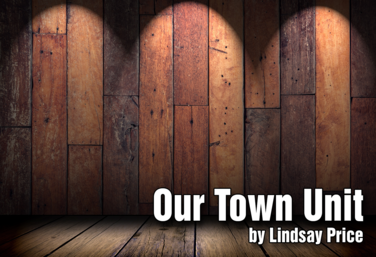
Our Town Unit
by Lindsay Price
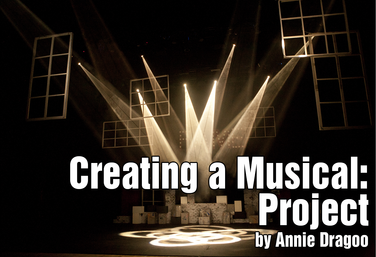
Creating a Musical: Project
by Annie Dragoo
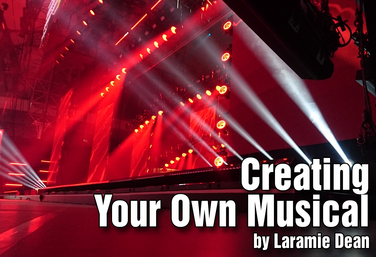
Creating Your Own Musical
by Laramie Dean
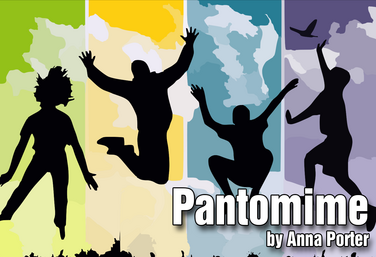
Pantomime
by Anna Porter
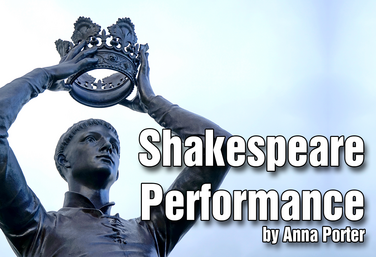
Shakespeare Performance
by Anna Porter
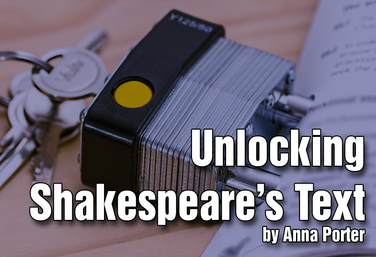
Unlocking Shakespeare's Text
by Anna Porter
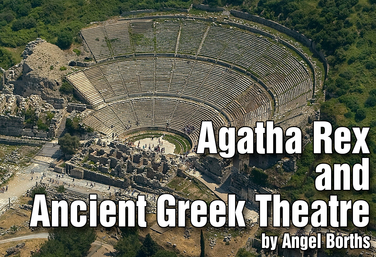
Agatha Rex and Ancient Greek Theatre
by Angel Borths

Puppetry
by Jenny Goodfellow
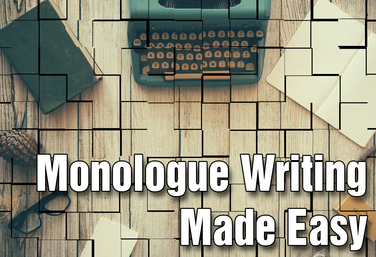
Monologue Writing Made Easy
by Matthew Banaszynski
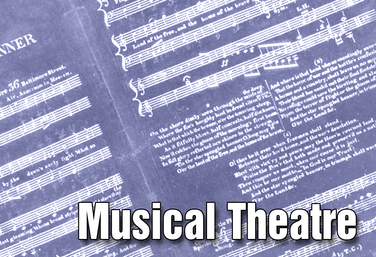
Musical Theatre
by Anna Porter

Pantomime
by Angel Borths
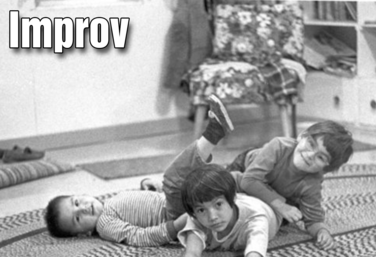
Improv
by Anna Porter
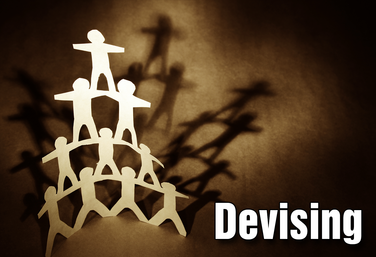
Part of the Drama Two Curriculum
Devising
by Corinna Rezzelle
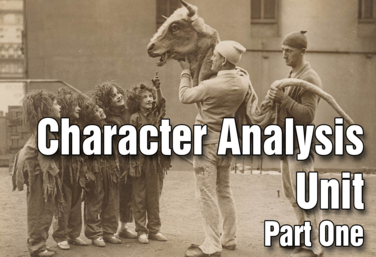
Part of the Drama Two Curriculum
Character Analysis - Part 1
by Matt Webster

Part of the Drama One Curriculum
Pantomime
by Karen Loftus
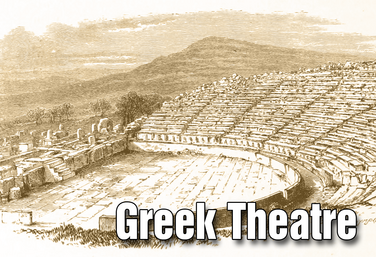
Part of the Drama One Curriculum
Ancient Greek Theatre
by Karen Loftus
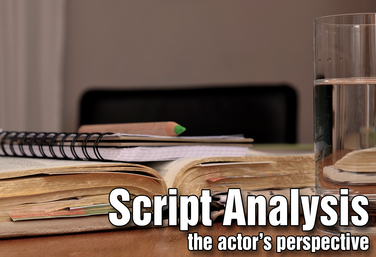
Part of the Drama One Curriculum
Script Analysis: The Actor's Perspective
by Karen Loftus
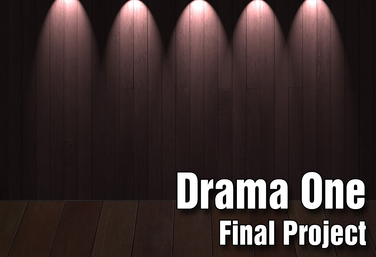
Part of the Drama One Curriculum
Drama One Final Project
by Karen Loftus
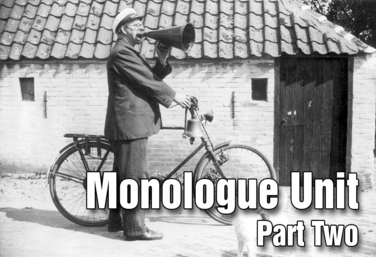
Part of the Drama Two Curriculum
Monologues - Part 2
by Matt Webster
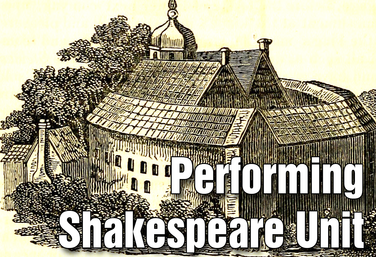
Part of the Drama Two Curriculum
Performing Shakespeare
by Matt Webster
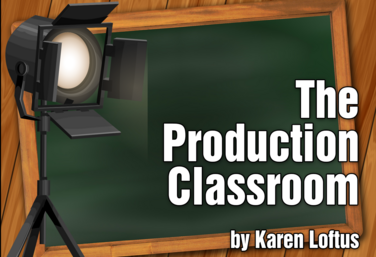
Part of the Production Classroom Units Curriculum
Part One - Pre-Production
by Karen Loftus

Part of the Production Classroom Units Curriculum
Part Two - Rehearsal and Performance
by Karen Loftus

Part of the Production Classroom Units Curriculum
Part Two - Documents
by Karen Loftus

Part of the Distance Learning Curriculum
Pantomime
by Lindsay Price and Karen Loftus

Part of the Production Classroom Units Curriculum
Part Three - Reflection and Assessment
by Karen Loftus
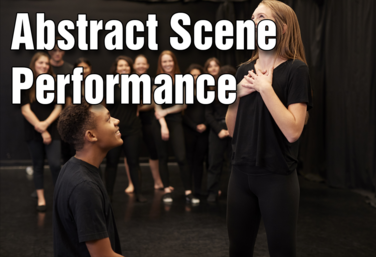
Abstract Scene Performance
by Annie Dragoo
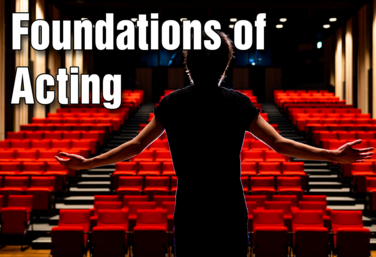
Foundations of Acting
by Annie Dragoo

The Dilemma Project
by Claire Broome
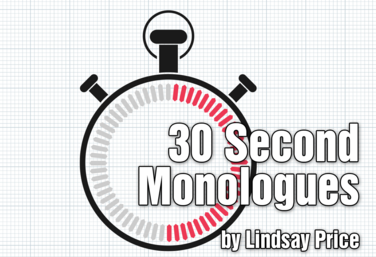
30 Second Monologues
by Lindsay Price
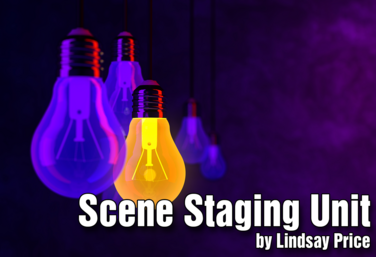
Scene Staging
by Lindsay Price
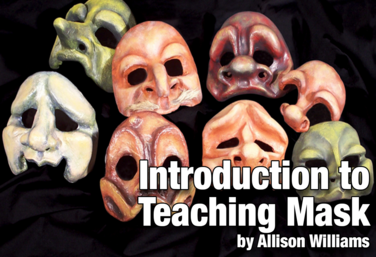
Introduction to Mask
by Allison Williams

Spoken Word Poetry
by Quincy Young
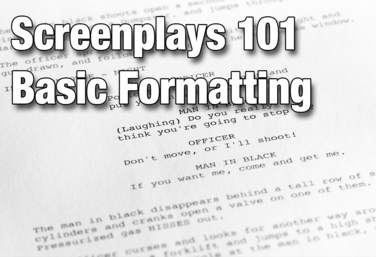
Screenplays 101: Basic Formatting Unit
by Nicholas Pappas
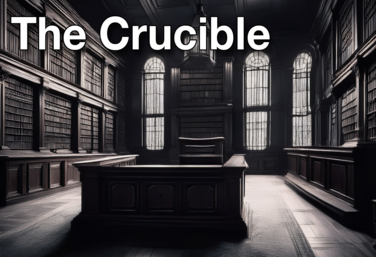
The Crucible Unit
by Lindsay Price
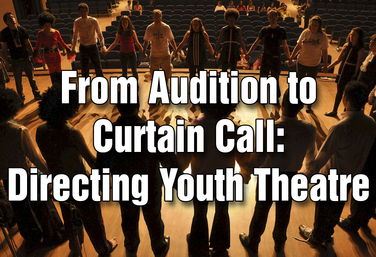
From Audition to Curtain Call: Directing Youth Theatre
by Steven Stack

The Top Ten Playwriting Exercises
by Lindsay Price
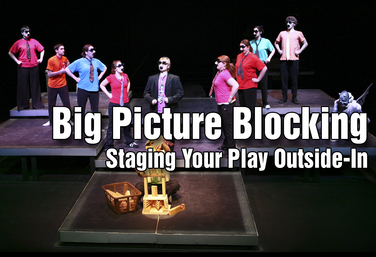
Big Picture Blocking: Staging Your Play Outside-In
by Todd Espeland
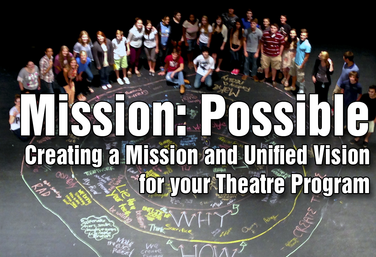
Mission Possible: Creating A Mission And Unified Vision For Your Theatre Program
by Amy Patel
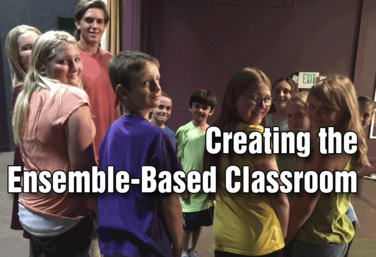
Creating the Ensemble-Based Classroom
by Gai Jones

The Production Classroom
by Karen Loftus
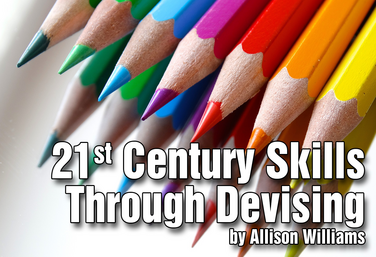
21st Century Skills Through Devising
by Allison Williams
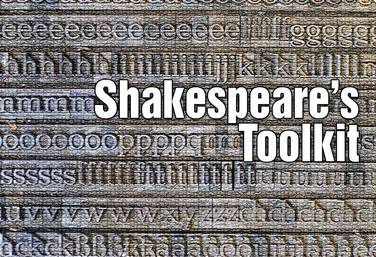.png)
Shakespeare's Toolkit
by Todd Espeland
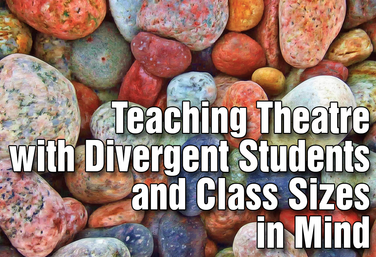
Teaching Theatre with Divergent Students and Class Sizes in Mind
by Steven Stack
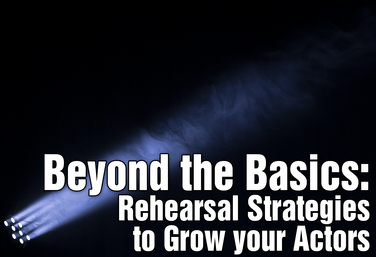
Beyond the Basics: Rehearsal Strategies to Grow Your Actors
by Julie Hartley
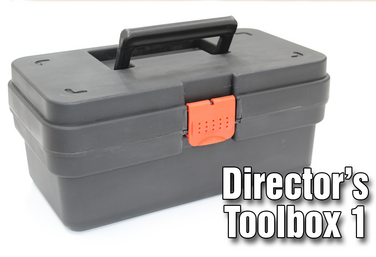
Director's Toolbox 1: Teaching Students to Direct
by James Van Leishout
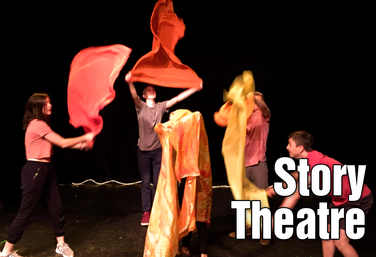
Story Theatre
by Matt Webster

The Dilemma Project
by Claire Broome
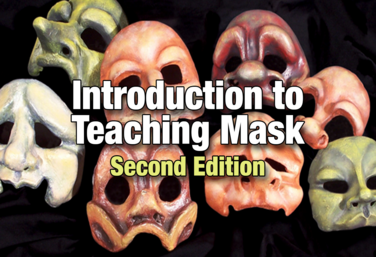
Introduction to Teaching Mask: 2nd Edition
by Allison Williams
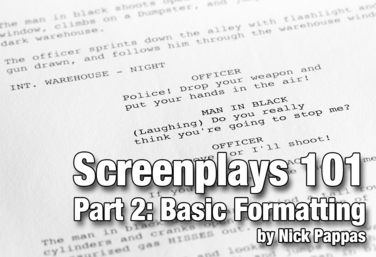
Screenplays 101 - Part 2: Basic Formatting
by Nicholas Pappas
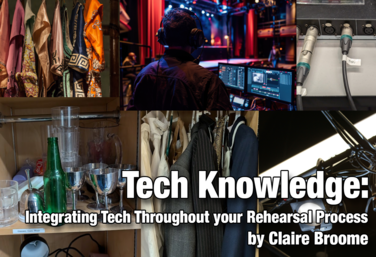
Tech Knowledge: Integrating Tech Throughout Your Rehearsal Process
by Claire Broome
View all Standards for British Columbia (2018) Standards Master List